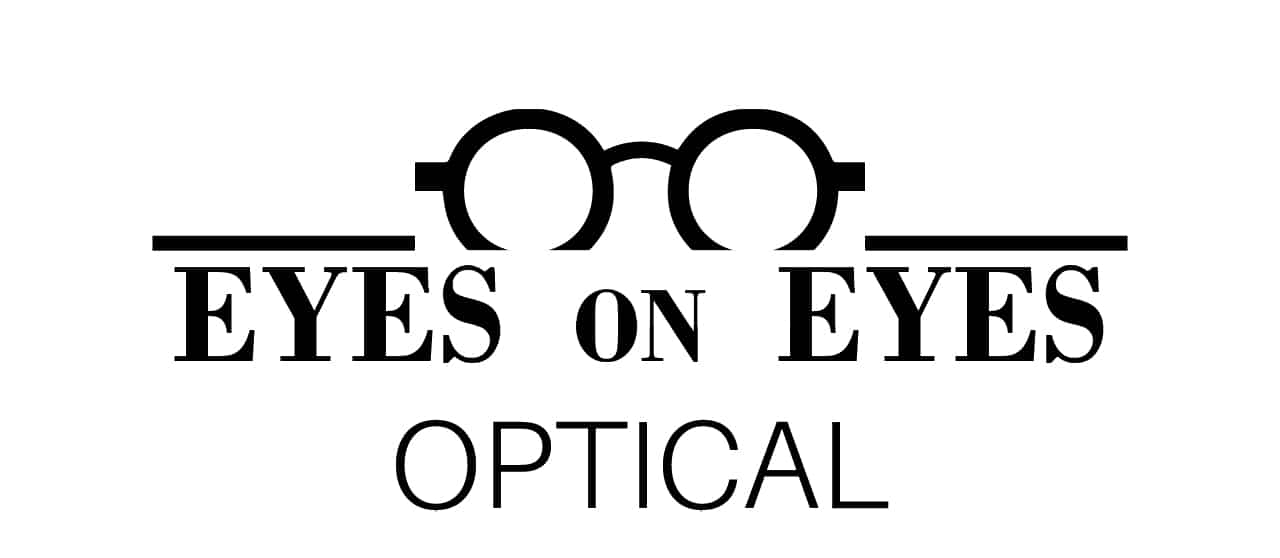What is Anisometropia
Anisometropia is an eye condition which the two eyes have unequal power. One eye can be nearsighted or, farsighted or can have a combination of both. This condition is called antimetropia. Generally a difference in power of two diopters or more is the accepted anisometropia.
This condition occurs when your eyes have different refractive powers, that can result your eyes to focus unevenly. Normally Anisometropia occur when the two eye are a different size or different shape than the other. This condition causes unsymmetrical curvatures, unsymmetrical farsightedness, or asymmetric nearsightedness.
One of the most common causes of amblyopia that is also known as Lazy Eye, is Anisometropia.

Causes:
We still do not know completely what the causes of anisometropia are. But having different eye sizes can be a major factor.
Anisometropia influences our binocular vision. Any individual with anisometropia normally see a larger image with one eye and a smaller image with the other eye and causes blurry vision. Therefore, one of the eyes may become weaker than the other that cause the brain to favor the stronger eye. This can cause amblyopia if the anisometropia is not caught and treated early. People with untreated anisometropia may experience symptoms like headaches, nausea, dizziness, visual discomfort and poor depth perception.
Although anisometropia can be present from birth and it is not typically discover until childhood. About 6% of all children between the ages of 5 and 18 suffer from anisometropia.
There are three types of anisometropia:
Simple Anisometropia
This is when one eye is
affected while the other eye has no refractive error. The eye can be either nearsighted or farsighted.
This kind of anisometropia can be treated using spactacles. Simple
anisometropia causes one eye to see a clear image and the other eye sees blurry
image.
Compound Anisometropia
This is when both eyes are
myopic or nearsighted, although there will be a significant difference in their
refractive errors. This causes one eye to see a more blurred image than the
other. This
form of anisometropia causes both eyes to see blurry images, but one eye’s
vision will be significantly blurrier.
Mixed Anisometropia
Mixed anisometropia occurs when both eyes have refractive errors but one is myopic (nearsighted), and the other is hyperopic (farsighted).
Treatment & Management Options
Anisometropia needs to be treated as soon as it is diagnosed. If treatment is delayed the brain may decide to favor the eye that presents a clearer image over the other eye, leading to dependence on the stronger eye. If this occurs, the non-favored eye will become increasingly weaker.
Anisometropia can be treated using a variety of methods, which are determined based on the severity of the condition. Treatments can include corrective lenses, contact lenses, or laser eye surgery. For corrective lenses or contact lenses to be effective they will need to be different prescriptions so that each eye can have its visual needs met.
Individuals with large degrees anisometropia
typically cannot rely on corrective lenses for treatment. Eyeglasses have a
magnifying effect, which can significantly change the size of the image seen by
each eye. As such individuals with large degrees of anisometropia may find that
eyeglasses negatively affect their binocular vision.
If you have questions, you can talk to our team for recommendations. To book an appointment for an eye exam to see an optometrist, call us at 905-832-6262.
Please click here for more info.
Our Maple optometrist Location:
Eyes on Eyes Optical
9929 Keele St, Unit 110, Maple, ON L6A 1Y5, Tel: 905-832-6262
